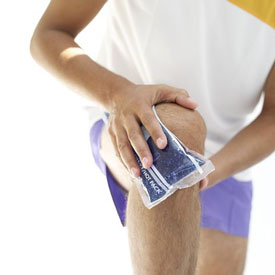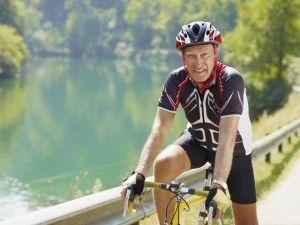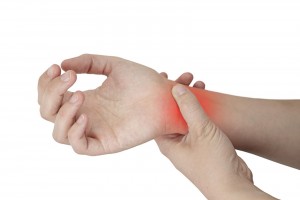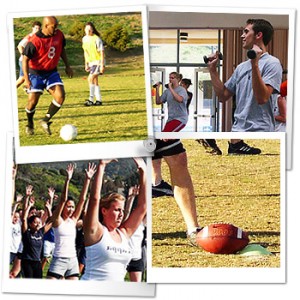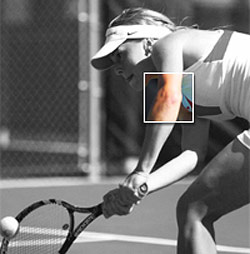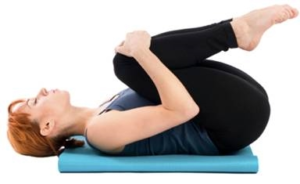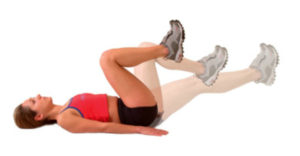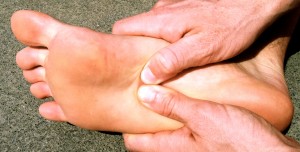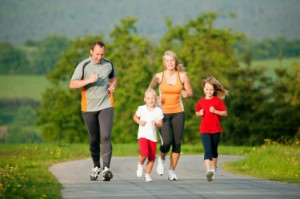 Here is a simple guide to help you choose your next pair of running shoes. Running in old worn-out shoes is one of the most common causes of running injuries. Your shoes lose cushioning, stability and shock absorption over time. A “good” rule of thumb is to replace your running shoes every 500km.
Here is a simple guide to help you choose your next pair of running shoes. Running in old worn-out shoes is one of the most common causes of running injuries. Your shoes lose cushioning, stability and shock absorption over time. A “good” rule of thumb is to replace your running shoes every 500km.
Shoe sizes are not standard:
Shoe sizes will vary according to the brand and the style. A good rule of thumb is to always try the next size up. You will immediately be aware if the next size up is too large or might be a better fit, and always go by how the shoe feels. Shoe sizes will vary according to the brand and the style. Don’t buy a shoe according to the number associated with the size; go with how the shoe feels.
Your feet are not the same size or shape:
Make sure that the bigger or more wider foot is fitted first, and be sure to wear the same socks that you will normally wear with your runners.
Be fit for running shoes late in the day:
Always shop for runners later in the day — your feet expand and swell after bearing weight during the day. You should also bring any orthotics or inserts that you normally wear in your runners.
Select shoes that match the shape of your foot:
Everybody has a different and unique shape to their feet (e.g., wide forefoot, narrow heel) and needs to be fitted accordingly. Keep in mind that a popular brand might not work for you, and let go of the notion that the runners will “stretch” to fit your feet. Also make sure that you compare several brands and styles and test them out in the store.
It might seem obvious but your runners should be slightly longer and wider than your feet, so that the balls of your feet should fit comfortably in the runner. The upper part of the runner should not rub on the ankle bones and the heel should not excessively move inside the shoe. A runner that is either too loose or too tight can cause injuries.
Make sure that you choose a runner that is appropriate for the type of activity you will be doing, such as running, walking, or cross training.

